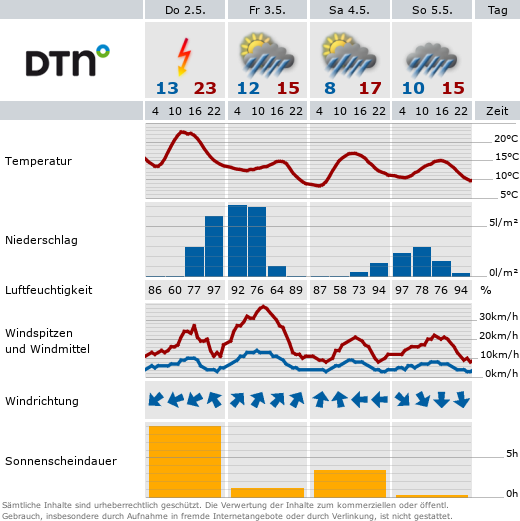binary (adj.) | binary gender order, the
Binary is derived from the Latin bini for "in pairs" or "two by two". Binary is based on the assumption of two mutually exclusive opposites, necessarily related to each other. Good and evil, body and mind, ⇒ homosexual and ⇒ heterosexual are examples of Western, binary concepts.
Within a binary gender order, ⇒ gender is thought of as either male or female. People who do not fit into the binary, either because of their own gender identity, or because their ⇒ sex cannot be assigned to either male or female, are excluded.
Turning differences between people into a binary, gendered opposition is a social positing that involves a hierarchy between male and female. According to this setting, certain characteristics are more likely to be attributed to men and are excluded from concepts of femininity, even though they can apply equally to women. Therefore, further binary oppositions accompany the binary gender order: rational versus emotional, strong versus weak, provider versus nurturer, etc.
The notion of binary genders with opposing characteristics seems natural to many, thus forming an unconscious basis of social order and entrenching gender hierarchies in a society.
Last updated: April 2025
Sources (in German)
- Braidotti, R. (1991): Patterns of dissonance. A study of women in contemporary philosophy. Cambridge: Polity Press, P. 142.
- Haraway, D. (1991): A cyborg manifesto: Science, technology, and socialist-feminism in the late twentieth century. In: Simians, Cyborgs and Women: The Reinvention of Nature. Routledge. P. 161.
- Klingner, C. (2019): Dualismenbildung: dem Denken vorfindlich, unausweichlich und falsch. In B. Kortendiek, B. Riegraf & K. Sabisch (Edit.): Handbuch Interdisziplinäre Geschlechterforschung. Springer VS. P. 165-175.
- Lichtenstein S., Rolling Eyes Collective (2019): Rolling Eyes Glossar: Ein Projekt der Hochschule Düsseldorf 2019, Fachbereich Sozial- und Kulturwissenschaften. Düsseldorf. Last accessed 08.04.2025.
- Rohde-Dachser, C. (1991): Expedition in den dunklen Kontinent – Weiblichkeit im Diskurs der Psychoanalyse. Springer VS. P. 61.
The glossary is meant to evolve through mutual exchange with readers.
We regularly put the definition of a term up for discussion under #klargestellt. Do you have questions or suggestions? Join the discussion and contribute to a better understanding of the terms! We welcome your feedback to: shk.gleichstellung@verwaltung.tu-dortmund.de






